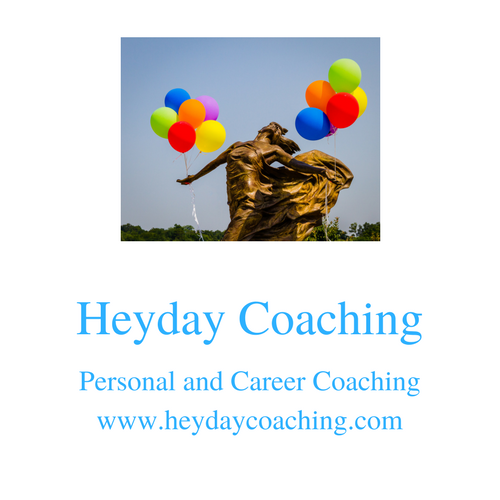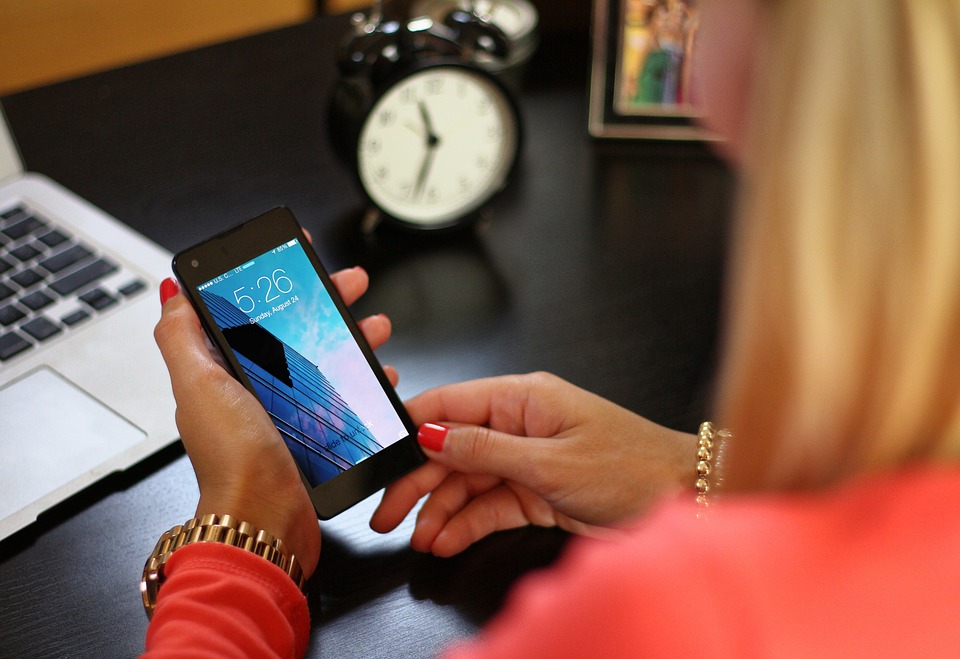I’ve been thinking a lot lately about how challenging it is to focus my attention these days. Like most of us, I’ve been sucked into the digital age, and I spend a lot of time at my screen flipping between my email and the latest piece I’m supposed to be writing, from Facebook to a news update, from my work to . . . . Well—you get the picture: my attention span is rapidly devolving to that of a three-year-old. That has been particularly true in the past frenetic month when recent national events left my mind reeling from a stream of tweets, Facebook posts, and news updates.
You know the old adage: “energy flows where attention goes.” In recent weeks, my energy has been flowing in thirty different directions. The result was that I was exhausted, and I couldn’t seem to focus on achieving my most important goals.
The other night in yoga class, the challenge of concentration came home to me in a new way. For the past several months, one of my yoga teachers has been focusing her Monday night class on the eight limbs of yoga. Although most people think of yoga as the postures that we do in yoga class, yoga as practiced by the ancients was actually a complex philosophy and set of practices meant to guide us in living a meaningful life. In yogic philosophy, this philosophy is known as ashtanga, and It includes eight limbs or parts. (If you’re curious, Yoga Journal has a good introduction.)
Last week we were focusing on the sixth limb, Dharana. My teacher explained that dharana is a set of practices designed to help us calm the mind and free ourselves from external and internal distractions. Dharana is a way to clear the mind in preparation for meditation.
She asked us to arrange ourselves in a circle around the studio, and she placed a lit candle in the center of our circle. We were going to practice a dharana exercise trataka or candle gazing, she explained. Focus on the candle, she said. “It’s not that you don’t think. It’s that you think about the candle. You focus on the way it flickers and moves, the way it looks. Don’t think about your to-do list or what you’re having for dinner. Just think about the candle. It won’t be easy, but when your attention wonders, just re-focus on the candle.”
She was right. It wasn’t easy. I followed her instructions to soften my gaze, but I still had to refocus myself a dozen times in a matter of three or four minutes.
Next, she instructed us to close our eyes. “In your mind’s eye, see that flame. Sit with it. Visualize it.” We did for a couple of minutes, and then she asked us to open our eyes and look at the candle flame again. We repeated the process a couple more times.
As I sat in that circle, a funny thing happened. Last Monday was a damp and cold winter night—one of the first winter nights we’ve had here in South Carolina. To make matters worse, the heat in my building hadn’t been working all day, so I arrived to yoga class chilled to the bone. I sat on my bolster in that circle still wearing my sweatshirt and my wooly socks. That’s not unusual for me; most of the time in the winter, I don’t begin to warm up and shed my layers in yoga class until we begin some strenuous movement. But sitting in that circle, practicing trataka, I suddenly realized that I was warm. In fact, I felt as if my cheeks were glowing. Focusing on that warm candle flame had focused my energy in such a way that I had actually warmed right up.
I was tickled by my a-ha insight, and I hoped I’d be able to maintain both my calm focus and that warm inner glow throughout class. But as my teacher said, concentration is never easy. She instructed us to move from our circle to our mats and to keep returning our attention to the mental image of the glowing candle throughout our practice. “When your mind wanders, bring your attention back to the flame,” she said. “Close your eyes if you have to.”
Alas, my mind did wander. Over and over, I’d close my eyes and bring the image of the flame to mind. And I was reminded anew that the act of concentrating—of focusing my energy—is not a skill I learn once and internalize. Instead it’s a discipline—a practice—a thing I have to rededicate myself to repeatedly throughout each and every day.
Throughout that winter night and throughout the week that has followed, I keep reminding myself to stop and close my eyes and breathe deeply and see the candle flame in my mind’s eye. I’ve been practicing my dharana so that I can direct my attention to the places that need my energy most. And a couple of times, I’ve even felt my face grow warm and my toes unthaw, reinforcing the notion that energy flows where attention goes.
Where do you send your energy and how do you focus yourself these days?























